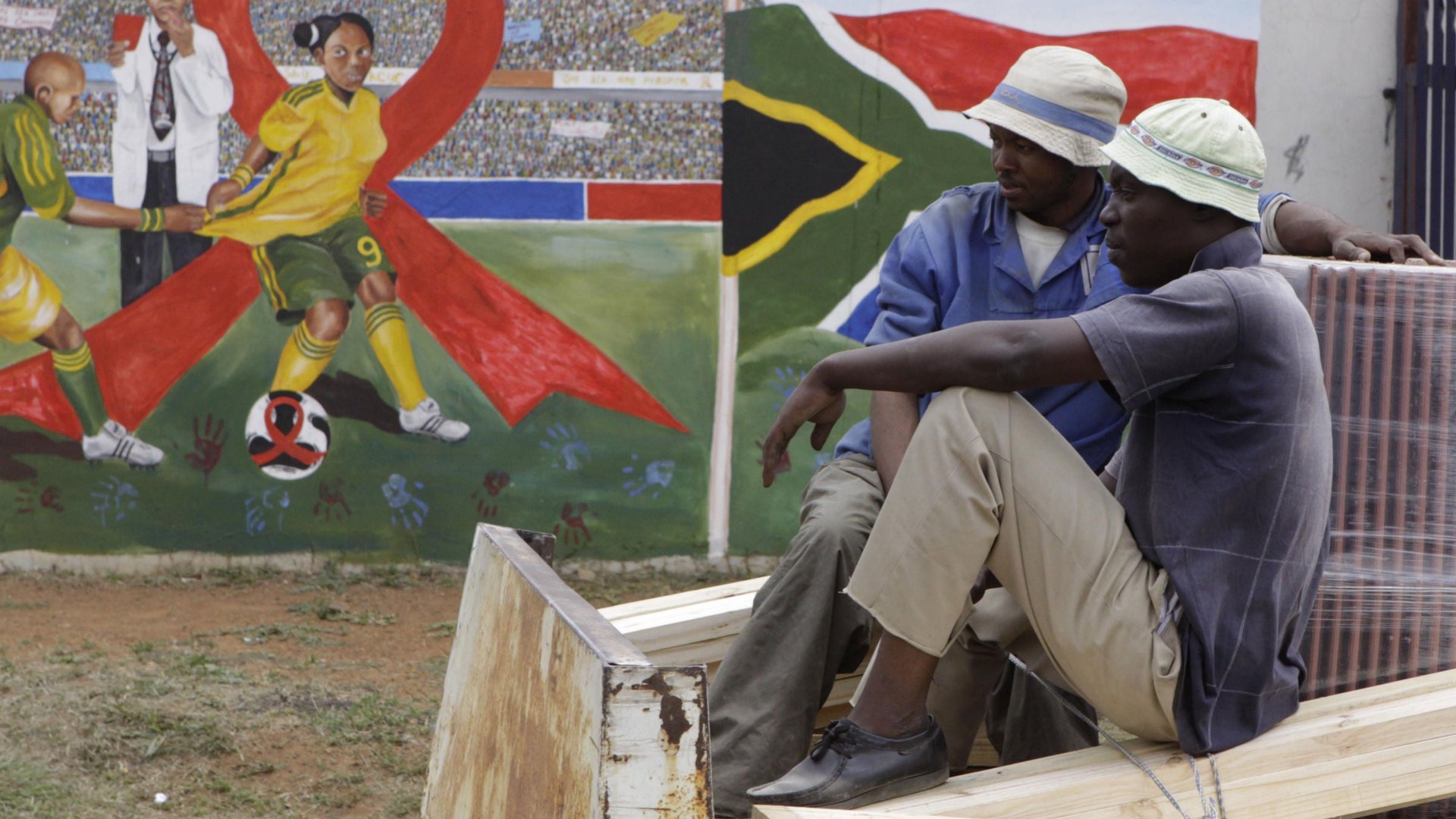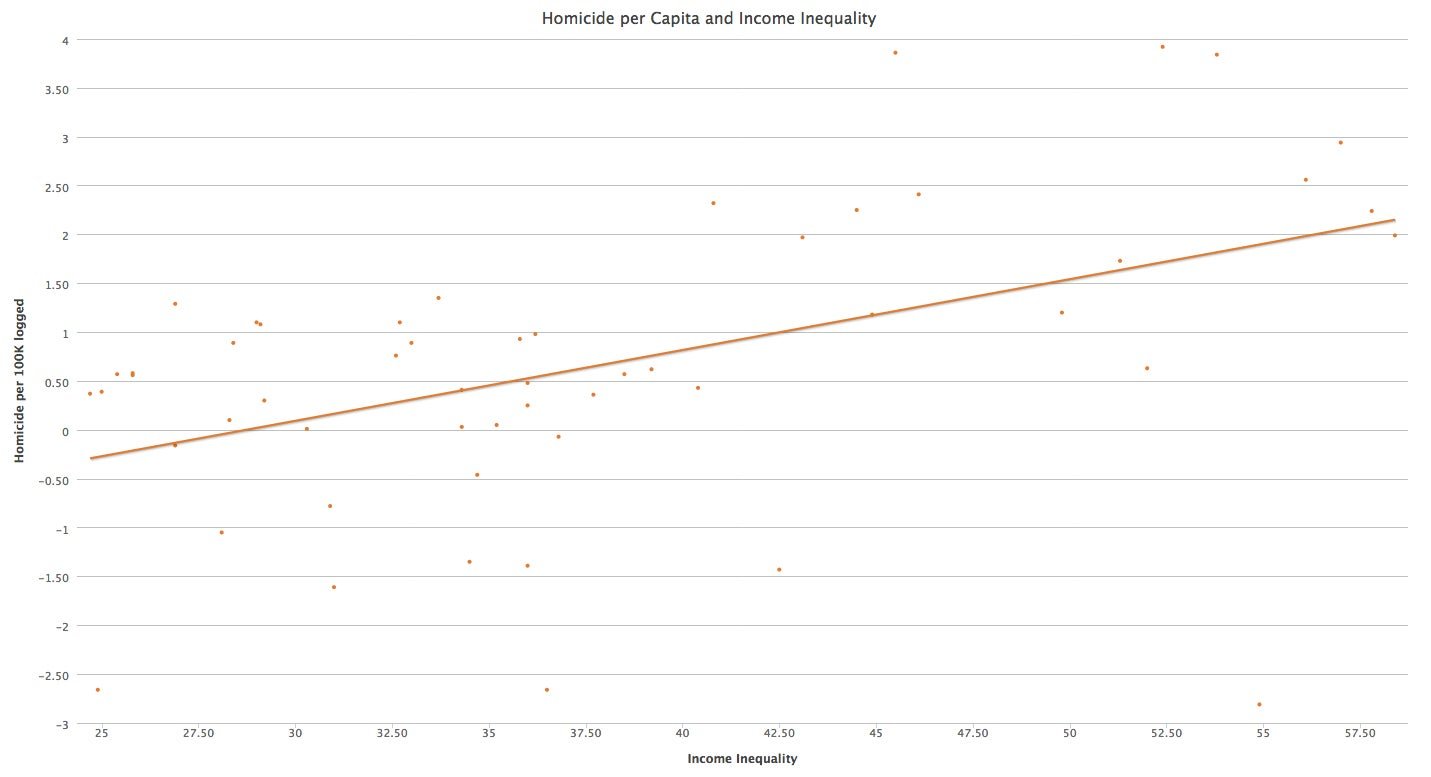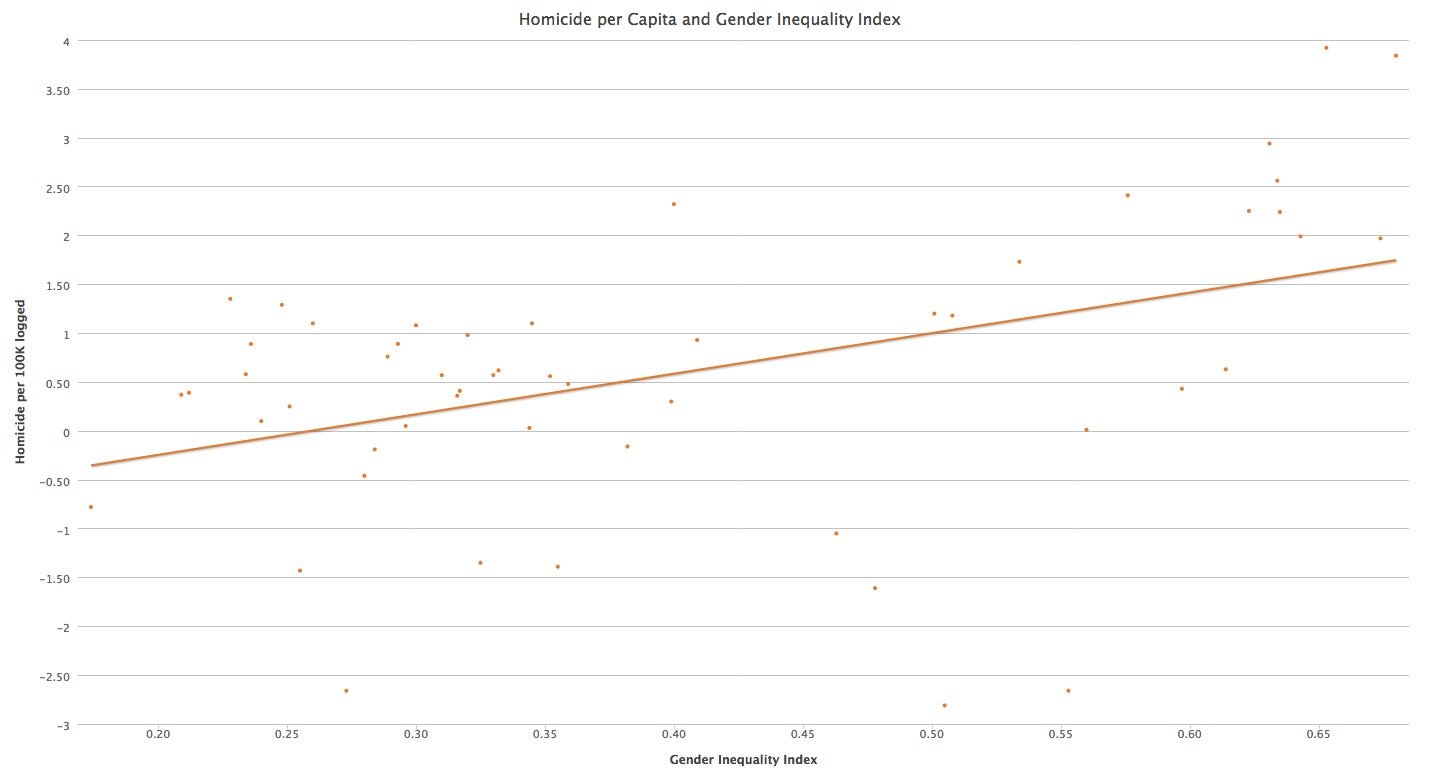The real reason some nations are more violent than others
We’ve written a lot about why some cities, metros areas, and states are more violent than others. I even posted a while back comparing gun homicide rates in United States cities to those of the most violent nations in the world. Today, I turn to the question: Why are some nations so much more violent than others?


We’ve written a lot about why some cities, metros areas, and states are more violent than others. I even posted a while back comparing gun homicide rates in United States cities to those of the most violent nations in the world. Today, I turn to the question: Why are some nations so much more violent than others?
The variation is frankly incredible. According to comparative statistics from the United Nations, intentional homicides vary from less than one per hundred thousand people in Japan (0.5) and Singapore (0.4) to more than 50 murders per hundred thousand in the Ivory Coast (56.9), Jamaica (59.5) and Honduras (61.3). The rate for the United States is 5.4, though this varies widely by city and metro area, as I have noted.
In his book The Better Angels of Our Nature: Why Violence Has Declined, Steven Pinker notes the progress that modern societies have made in limiting and controlling violence. Still, it seems as though some nations would have given the Huns or the Hittites a run for their money. What causes some places to be so much bloodier than others?
With the help of my Martin Prosperity Institute colleague Charlotta Mellander, I decided to take a look. Mellander used data on intentional homicides from the United Nations Office on Drugs and Crime (UNDOC) and other sources collated by The Guardian (while international crime data suffers from significant reporting and comparison issues, homicide, as the Urban Institute’s John Roman points out, is the one crime that is most likely to be reported) and compared it to various indicators of economic development, inequality and other factors thought to be associated with violence and murder. The analysis covers 178 countries, using statistics from the UNDOC’s 2011 report on global homicide. The results are for the most part in line with existing literature on global violence, though they do contain a few surprises.
First off, you might think that intentional homicide follows the level of economic development. But there is little association between the two, according to Mellander’s analysis.
So what does matter?
Human development, for one: Mellander found a negative association between intentional homicide and the U.N. Human Development Index (-0.31), a composite metric that looks at life expectancy, educational attainment, and standard of living (in gross national income per capita). She also found a negative association between gun violence and the share of workers in knowledge, professional and creative class occupations (-0.27). She found no statistical association between gun homicide and education levels, however.
Corruption also factors in. Gun murder is associated with corruption as measured by Transparency International’s overall Corruption Perceptions Index (-0.31), which scores and ranks countries and territories on how corrupt their public sectors are perceived to be (based on a combination of surveys and assessments collected by a variety of independent institutions).
Three factors played even more substantial roles.

Intentional homicide closely tracks socioeconomic inequality, according to Mellander’s analysis (a finding that’s in line with other studies of the subject). Mellander found a close correlation (0.48) between gun murder and socioeconomic inequality as measured by the Gini index, as the above scattergraph above shows. The correlation is considerable, with the line sloping steeply upward. Jamaica, Honduras, Brazil, South Africa, and Mexico all clustered in the top right corner, above the line; the United States is also above the line.

The second is gender inequality, as the graph above indicates. Mellander found a close association between the UN’s Gender Inequality Index — which measures labor force participation, education attainment, political representation and reproductive health — and gun violence (0.43). This is again in line with other studies of the subject.
The third factor, which I like to think of as a “macho index,” is certainly the most curious. The link between masculinity, testosterone, and aggression is one that researchers have argued over for decades. As University of Michigan social psychologist Richard Nisbett has theorized, violence and murder rates are higher in male-dominated “honor cultures” (something I chronicled in my 2011 Atlantic post on “The Psychogeography of Gun Violence“). This “macho index” comes from a 2011 Finnish study with the provocative title “Male Organ and Economic Growth: Does Size Matter?” The study, which not surprisingly generated lots of coverage and commentary when it was first released, examines the associations between a nation’s average penis size and its economic output. Based on this, the study found what it described as an “inverse u-shaped relationship,” in which GDP rose along with penis size until it reached the average, then it dropped off again as size shifted from average to above-average. The authors of the study speculated that the association between small penises and low GDP might reflect lower testosterone levels and on the opposite end of the scale, a testosterone-fueled impulsiveness and disregard for risk.
Mellander found a significant association between gun violence and this measure of “male-organ length” used in the Finnish study (0.45). My take is that this association most likely reflects patriarchal or macho values—especially since the study notes that, even though the data was collected by health authorities, some of it is self-reported and could thus be a product of a society’s masculine values. This is also in line with the findings for gender inequality noted above.
It’s important to remember that correlation does not equal causation, but, overall, it is certainly intriguing to note that inequality, rather than poverty, appears to be associated with higher levels of violence—and that pride and machismo appear to be significant factors as well. Not surprisingly, the more that proud people are reminded of how powerless they are, the more likely they are to explode.
This post originally appeared in The Atlantic Cities.